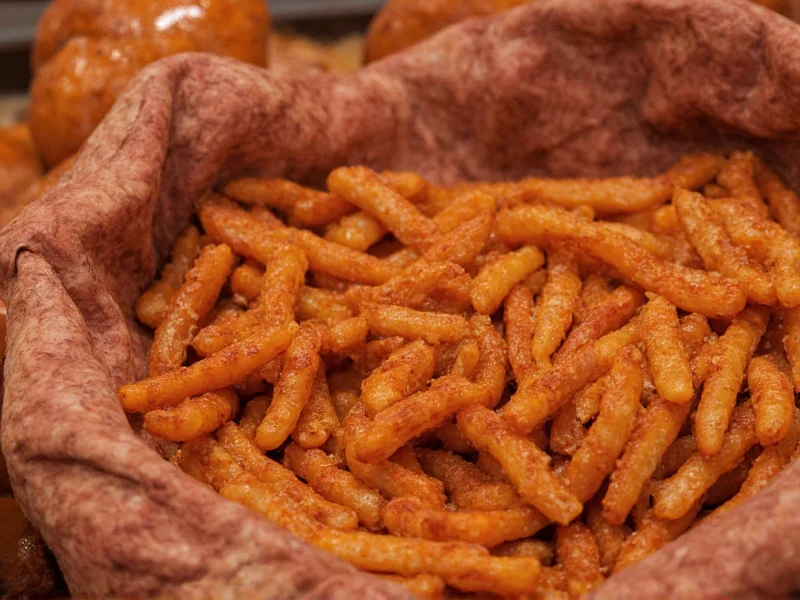Understanding Serrano Pepper Heat Levels
Serrano peppers ( Capsicum annuum) rank firmly in the medium-to-hot category on the Scoville scale. While milder than habaneros (100,000-350,000 SHU), they significantly outpace the more common jalapeño (2,500-8,000 SHU). The heat primarily comes from capsaicin concentrated in the pepper's placenta (the white ribs and seeds).
| Pepper Variety | Scoville Heat Units (SHU) | Heat Comparison to Serrano |
|---|---|---|
| Serrano | 10,000-23,000 | Baseline |
| Jalapeño | 2,500-8,000 | 2-5x milder |
| Cayenne | 30,000-50,000 | 1.5-2x hotter |
| Habanero | 100,000-350,000 | 5-15x hotter |
Factors That Influence Serrano Heat
Several elements affect how hot your serrano peppers will be:
Growing Conditions
Stressors like inconsistent watering, high temperatures, and nutrient-poor soil increase capsaicin production. Serranos grown in arid climates often pack more heat than those cultivated in temperate regions.
Color and Ripeness
Green serranos (harvested early) tend to be slightly milder with grassier notes, while red serranos (fully ripe) develop more complex flavors alongside increased heat. The transition from green to red typically correlates with a 10-15% heat increase.
Part of the Pepper
The heat isn't evenly distributed. The placenta (white ribs and attached seeds) contains 80-90% of the capsaicin. The flesh itself carries minimal heat, which explains why removing seeds and membranes significantly reduces spiciness.
Culinary Applications of Serrano Peppers
Chefs value serranos for their clean, bright heat that enhances rather than overwhelms dishes. Unlike habaneros with their fruity notes, serranos deliver straightforward spiciness ideal for:
- Salsas and pico de gallo (where jalapeños would be too mild)
- Infused oils and vinegars
- Marinades for meats and vegetables
- Traditional Mexican dishes like chiles en nogada
- Hot sauces requiring medium heat with clean pepper flavor
How to Handle Serrano Peppers Safely
Working with hot peppers requires precautions to avoid skin and eye irritation:
- Wear nitrile gloves when handling, especially when seeding
- Avoid touching your face during preparation
- Wash hands thoroughly with soap and cold water afterward (hot water opens pores)
- Use separate cutting boards for hot peppers
- If exposed, apply milk or yogurt to affected skin areas
Why Serranos Outperform Jalapeños in Many Recipes
When exploring are serrano peppers hotter than jalapenos, the answer is definitively yes—but the difference goes beyond mere heat. Serranos offer a cleaner, more pronounced pepper flavor without the jalapeño's sometimes grassy or vegetal notes. Their thinner walls make them easier to incorporate into salsas without excess water content, and their consistent heat profile provides more reliable results in batch cooking.
For those wondering how hot are serrano peppers compared to jalapenos in practical terms, consider this: one serrano often replaces 2-3 jalapeños in recipes while delivering superior flavor clarity. This makes them ideal for dishes where you want noticeable heat without overwhelming other ingredients.
Storage and Preservation Tips
Maximize your serrano harvest with these storage methods:
- Fresh: Store unwashed in a paper bag in the refrigerator crisper drawer for 2-3 weeks
- Freezing: Freeze whole peppers in airtight containers for 6-8 months (no blanching needed)
- Drying: String and air-dry or use a food dehydrator; reconstitute in hot water when needed
- Pickling: Preserve in vinegar with garlic and spices for 6+ months
Frequently Asked Questions
How much hotter are serranos than jalapeños?
Serranos typically range from 10,000-23,000 Scoville units, while jalapeños measure 2,500-8,000 units. This makes serranos 2-5 times hotter than jalapeños. In practical cooking terms, one serrano often replaces 2-3 jalapeños to achieve similar heat levels.
Can you eat raw serrano peppers safely?
Yes, you can safely eat raw serrano peppers, but exercise caution due to their significant heat. Start with small amounts, remove seeds and membranes to reduce heat, and always have dairy products like yogurt or milk nearby to counteract capsaicin if needed. People with sensitive stomachs should consume cooked rather than raw serranos.
Why are some serrano peppers hotter than others?
Serrano heat varies due to growing conditions (water stress increases capsaicin), ripeness (red peppers are hotter than green), and even position on the plant (peppers at the top often receive more sun and develop more heat). Genetic variation between plants also contributes to inconsistent heat levels.
What's the best way to reduce serrano pepper heat in cooking?
To reduce serrano heat, remove all seeds and white membranes (where 80-90% of capsaicin resides). Soaking chopped peppers in salted water for 10-15 minutes can further reduce heat. Cooking with dairy products like yogurt or cheese also counteracts capsaicin. For significant heat reduction, substitute half the serranos with milder peppers like poblano.
How do you know when serrano peppers have gone bad?
Serrano peppers have spoiled when they develop soft, mushy spots, visible mold, or emit a sour or fermented smell. Wrinkling is normal as they age, but excessive wrinkling combined with softness indicates deterioration. Properly stored fresh serranos should remain firm for 2-3 weeks in the refrigerator.











 浙公网安备
33010002000092号
浙公网安备
33010002000092号 浙B2-20120091-4
浙B2-20120091-4